Even the gods of weather know about Goodwood’s place in the world. The sun was never going to refuse to shine on the 21st Festival of Speed.
This year it cast a vintage glow on all four days of the world’s greatest motoring festival, which returned the favour by entertaining bumper crowds with a magic mixture of dazzling new arrivals, oddballs and spectacular stalwarts.
Each festival starts by commemorating anniversaries and setting themes. This year’s highlights included 50 years of the Porsche 911 (the subject of Gerry Judah’s soaring, three-pronged sculpture at Goodwood House), plus the centenary of Aston Martin, the 50th anniversary of McLaren Racing, the 50th anniversary of Jim Clark’s first world championship in 1963, and the event’s own special anniversary. It is two decades since founder-kingpin Lord March looked out of his bedroom window to estimate crowd numbers at the first festival — held for a bunch of friends who owned nice cars and bikes — expecting 2500 people, only to be greeted by 25,000 instead.
As it has done for the past three years, the festival began on Thursday with the Moving Motor Show, a ‘selling’ event for car makers that makes it possible for invited customers to test production cars on a route around the estate. This Thursday event struggled in its early days, but those with commercial interests this year praised its effectiveness. The outbreak of enterprise also brought an unprecedented number of Taj Mahal-style mobile showrooms, topped by a temporary Ford structure so high that from its top you could see over Goodwood House to the verdant countryside beyond. No UK motor show? It’s just not true.
Goodwood understands car retailing, and the crowds expect and support it. FoS-TECH showcases hillclimb runs of green prototypes you’d only see on plinths elsewhere, while the First Glance class features mainstream models that are interesting but hardly supercars. Two eye-grabbers in these groups were Alfa Romeo’s pretty, promising 4C and Volkswagen’s petite XL1 diesel-electric ‘efficiency car’, which made several brisk runs on battery power alone.
The number of rare cars and one-offs was amazing. Headline grabbers included the stunning Peugeot 208 T16 Pikes Peak racer, in which Sébastien Loeb recently sliced 92sec off the record time for the famous American hillclimb. Bentley showed the potential of its Continental GT3 car (it seems to go even better than it looks) and Audi had its Le Mans winner, still covered in rubber, dust and bugs from La Sarthe.
These days, most of the hill runs are demos. They stopped timing F1 cars several years ago after Nick Heidfeld stopped the clocks at a hairy 41.6sec, but Justin Law showed fast driving was still in vogue with a time of 45.95sec for the 1.16-mile course in his family’s Silk Cut Jaguar XJR8/9, a late ’80s Le Mans car. Close behind were Gregory Guilvert in Loeb’s T16 (he managed 45.86, but what would Seb himself have done?) and Jonny Cocker, who scored a laudable 47.34sec in the battery-powered Drayson Racing Lola, which only two weeks ago set a world land speed record for electric cars.

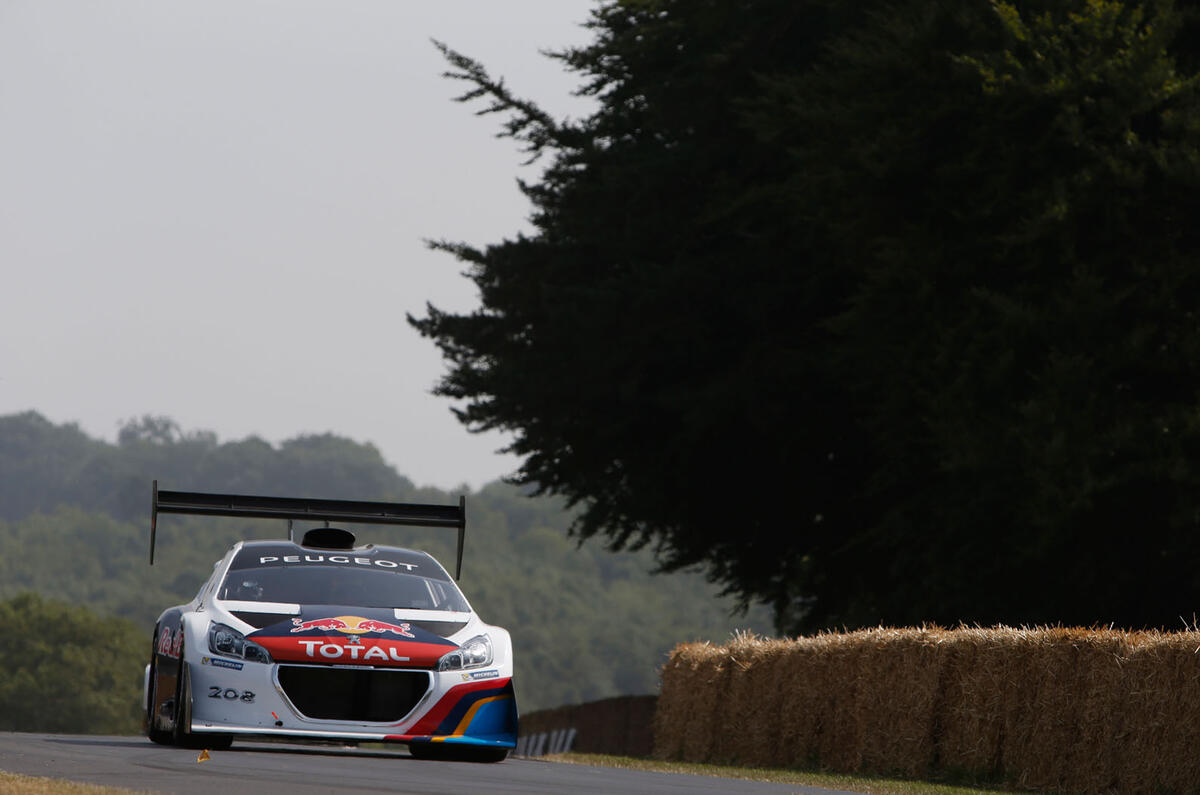


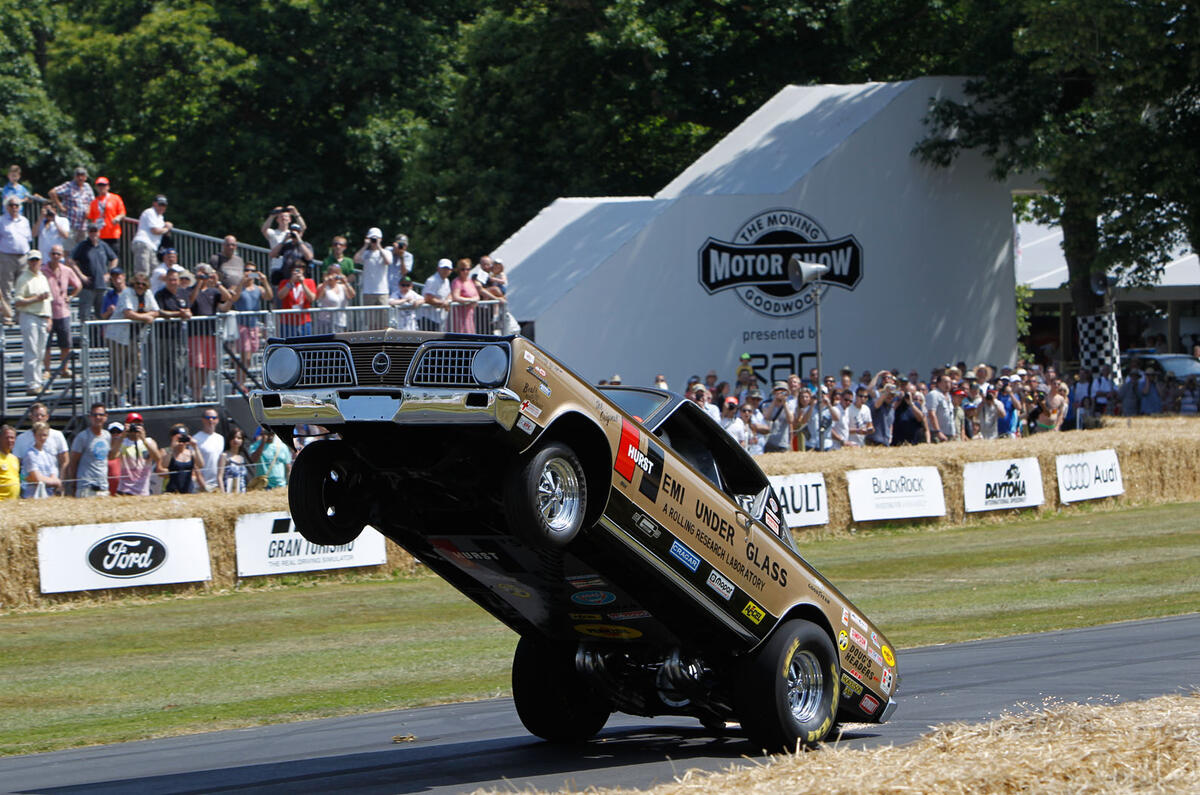
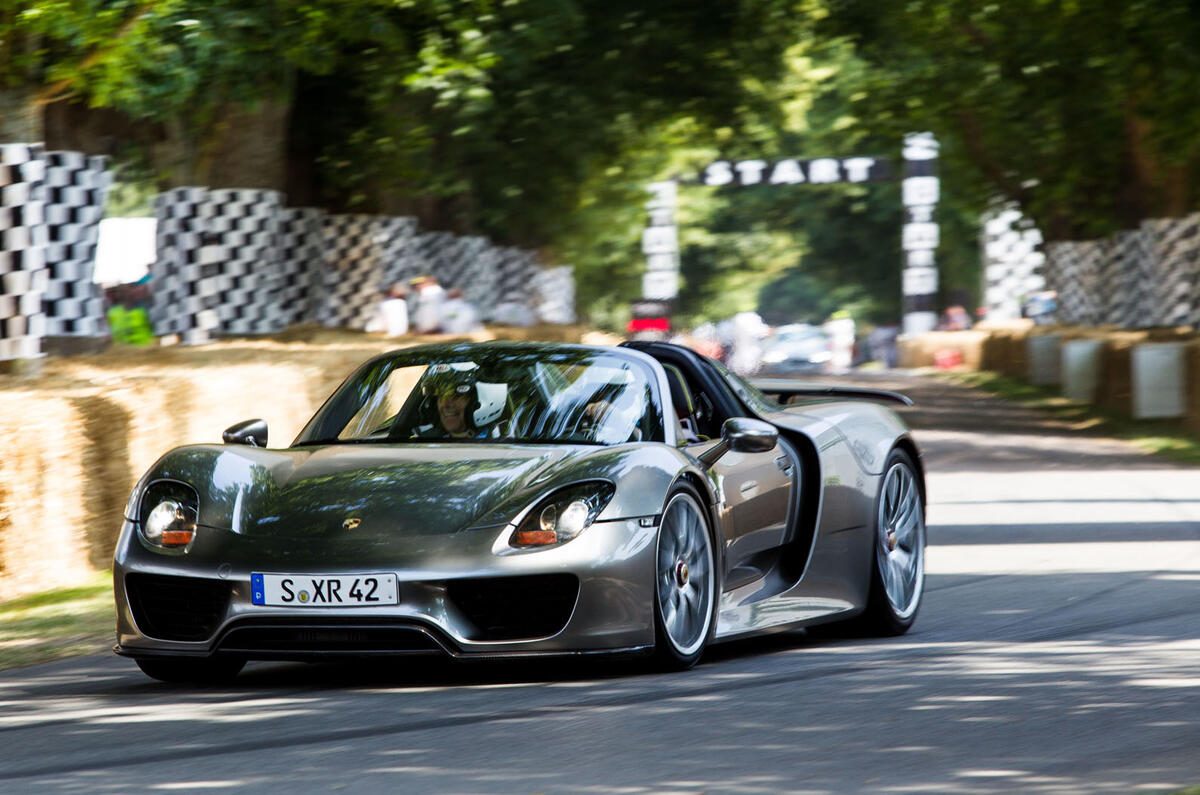
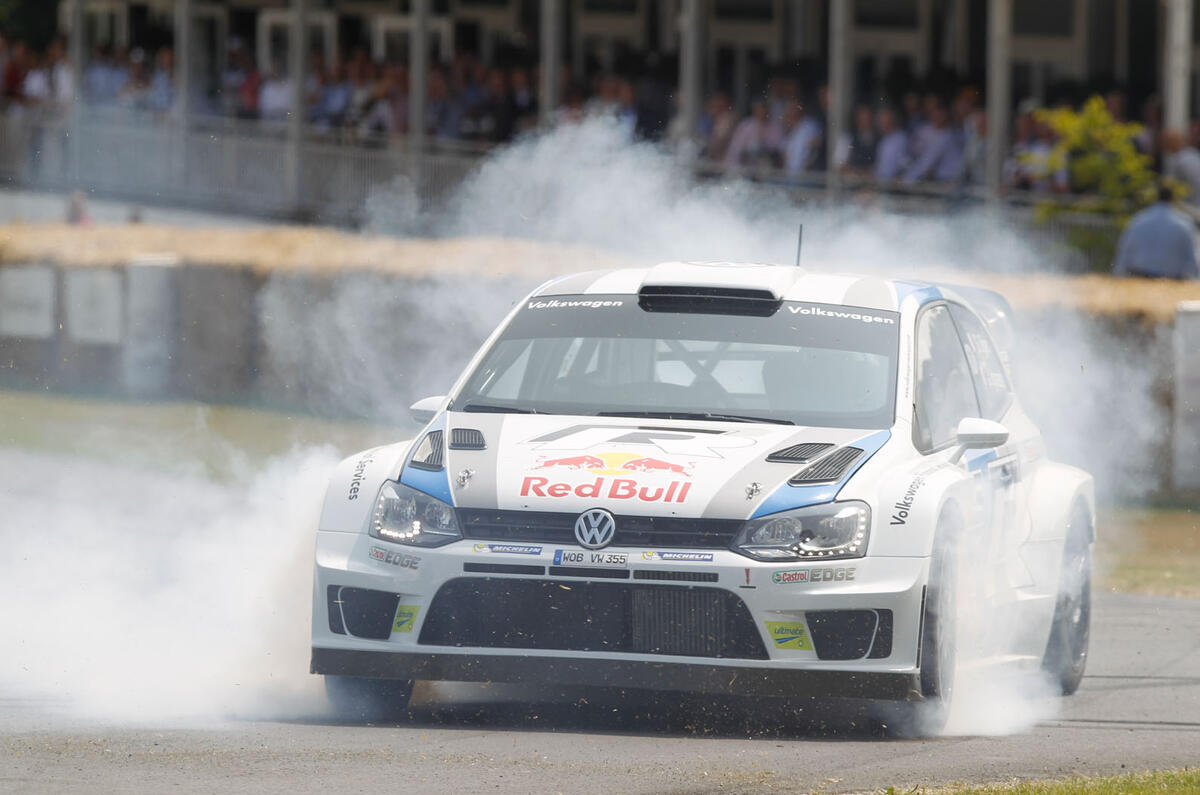
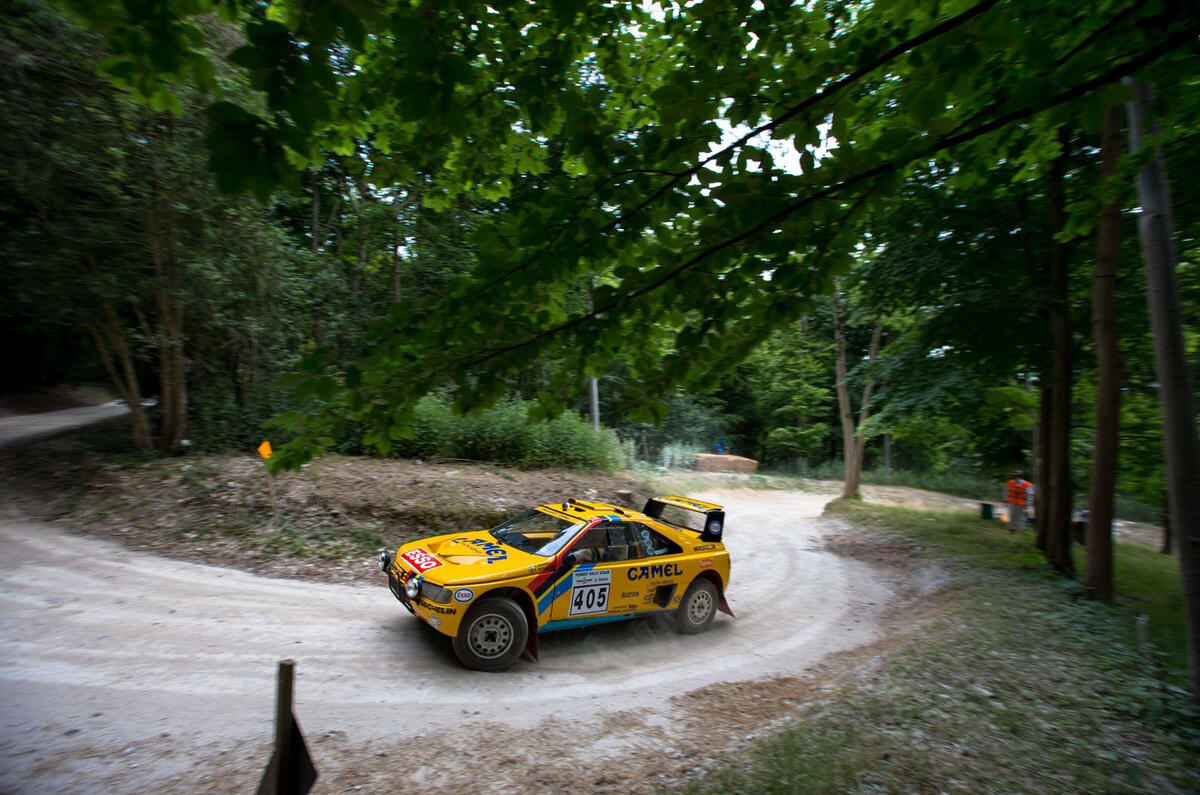
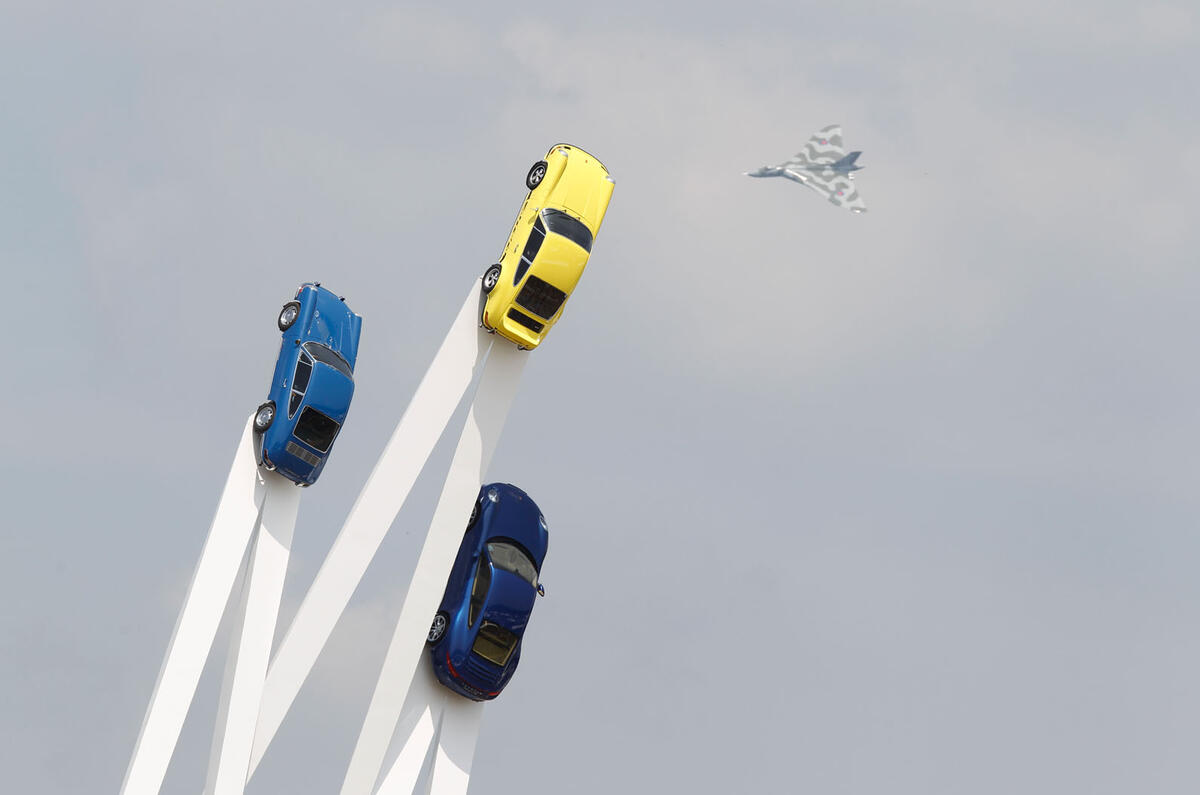
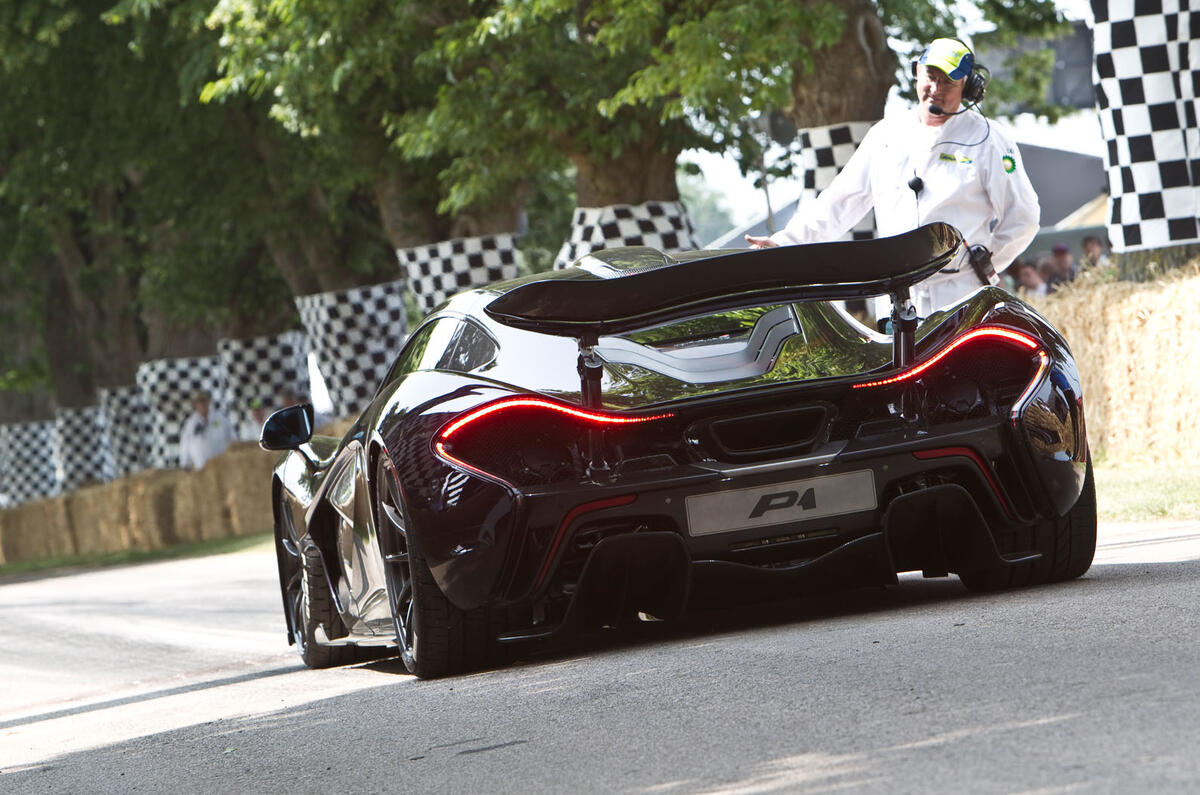
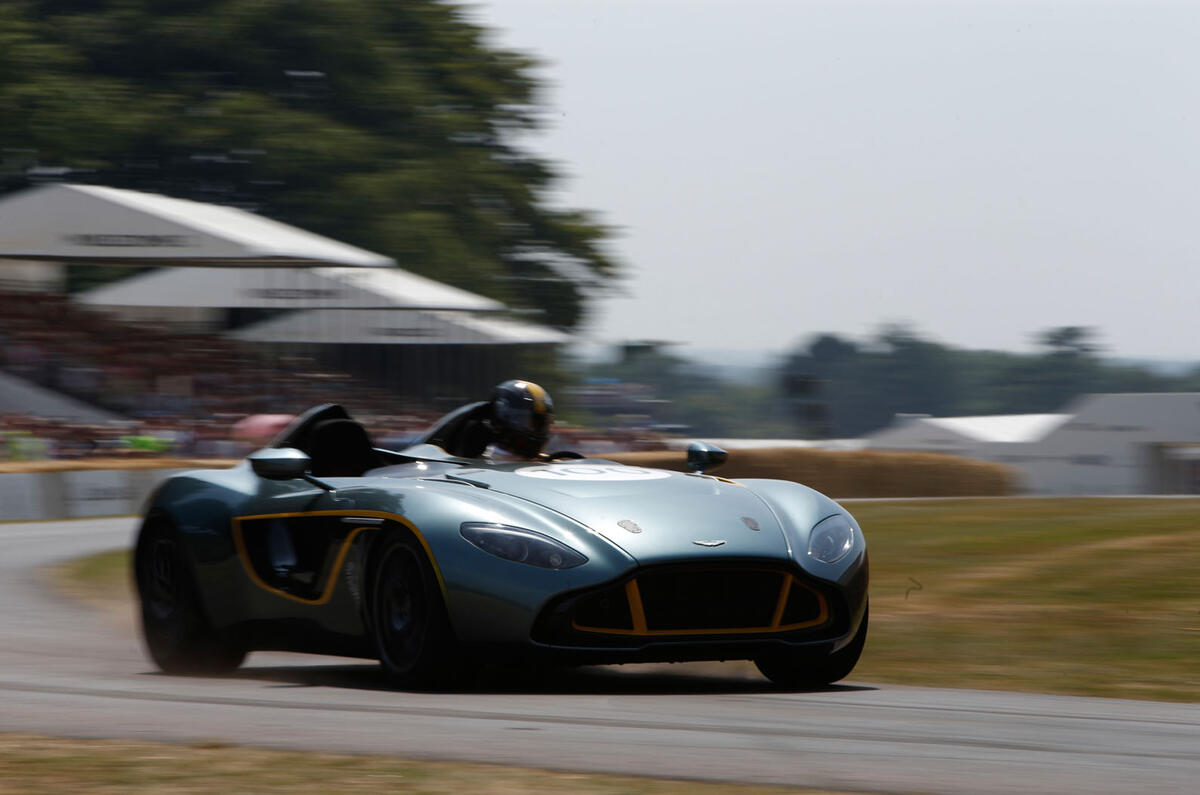
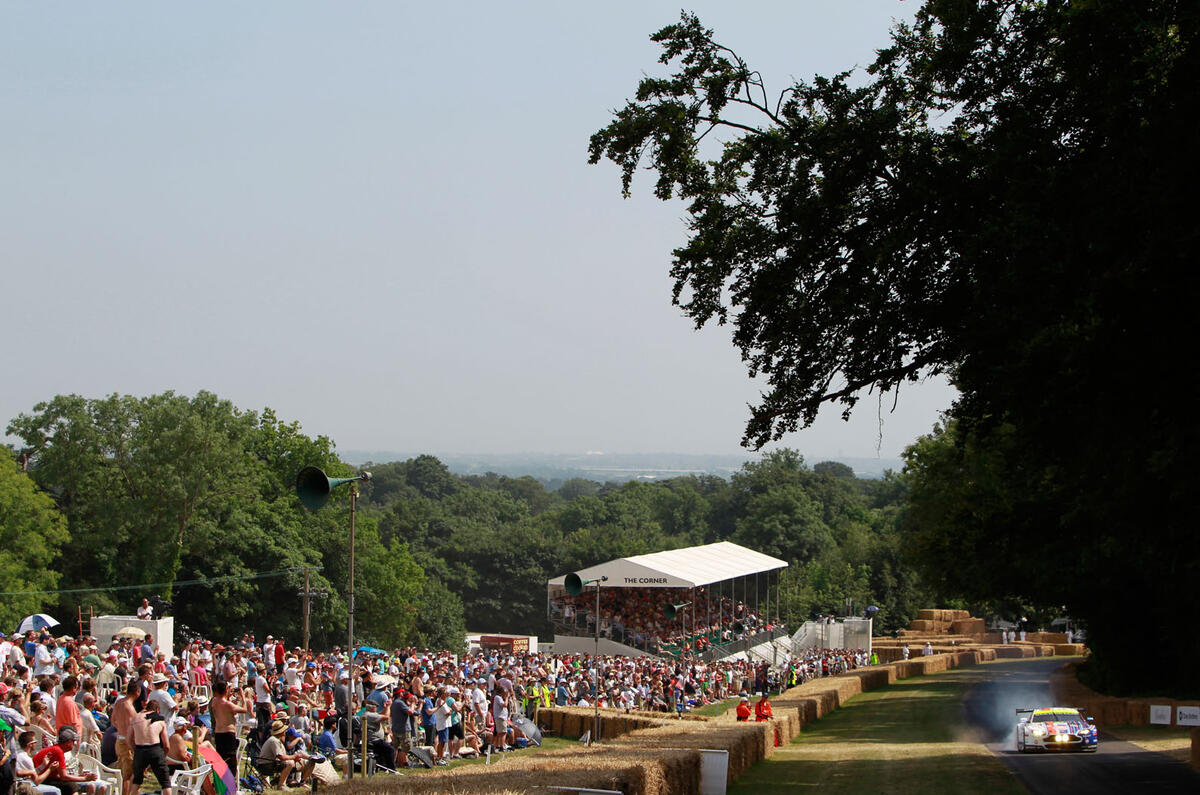
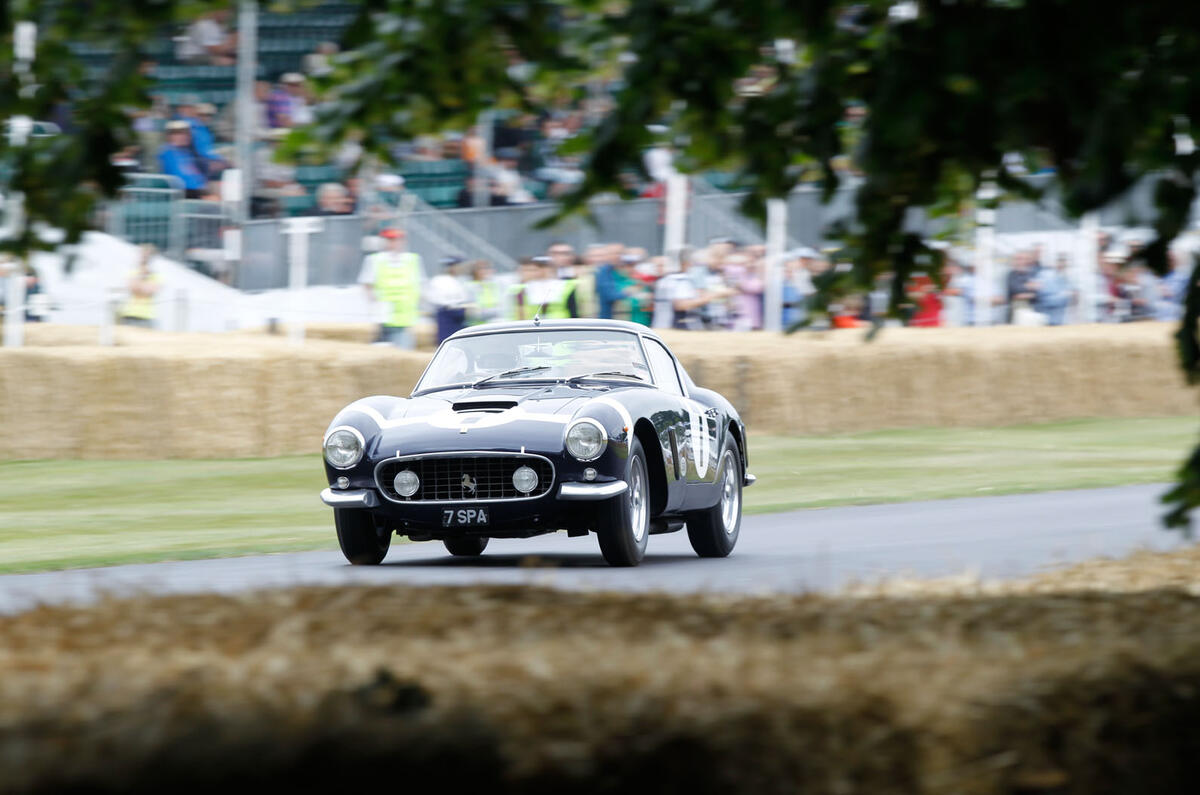
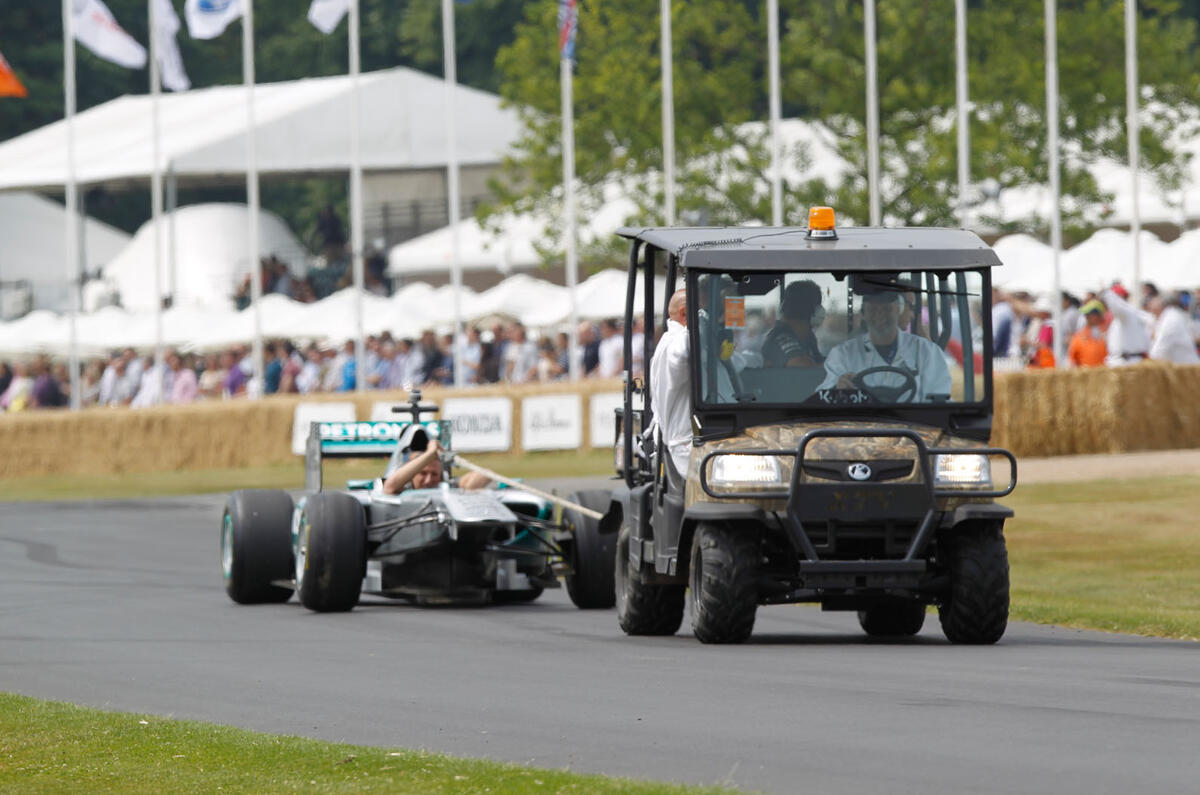
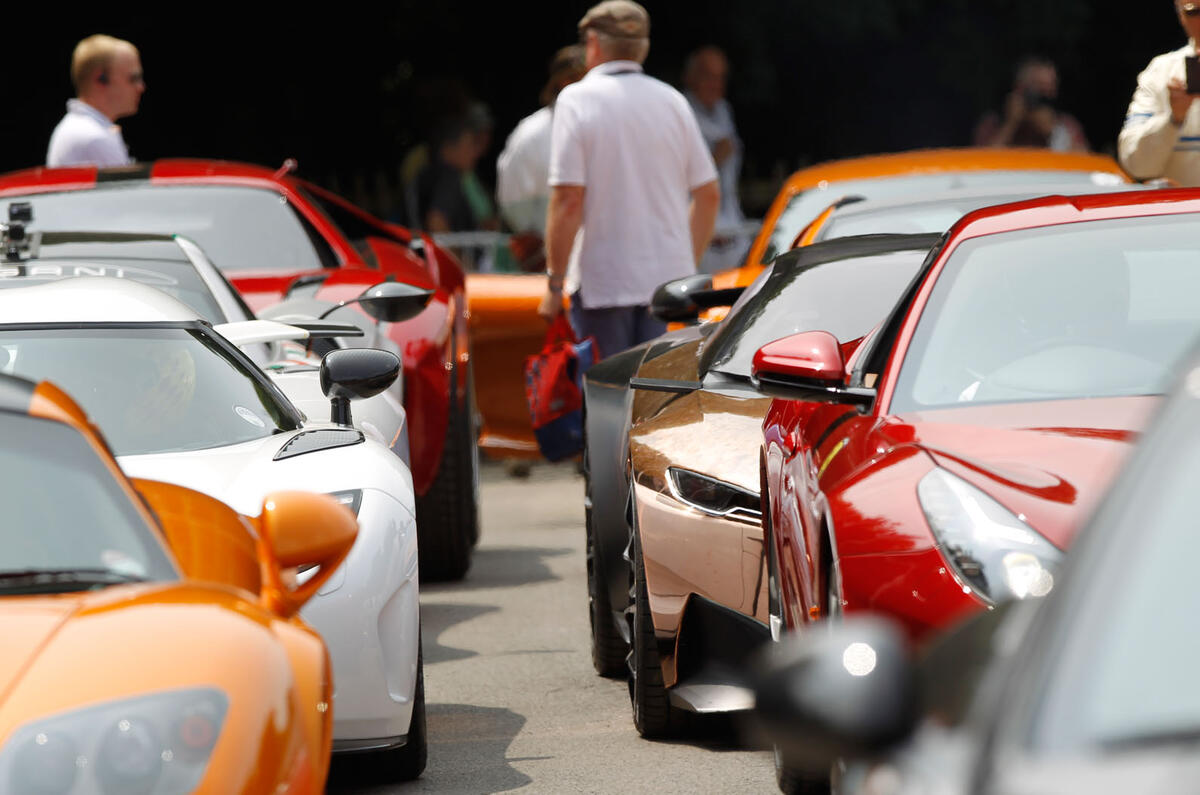

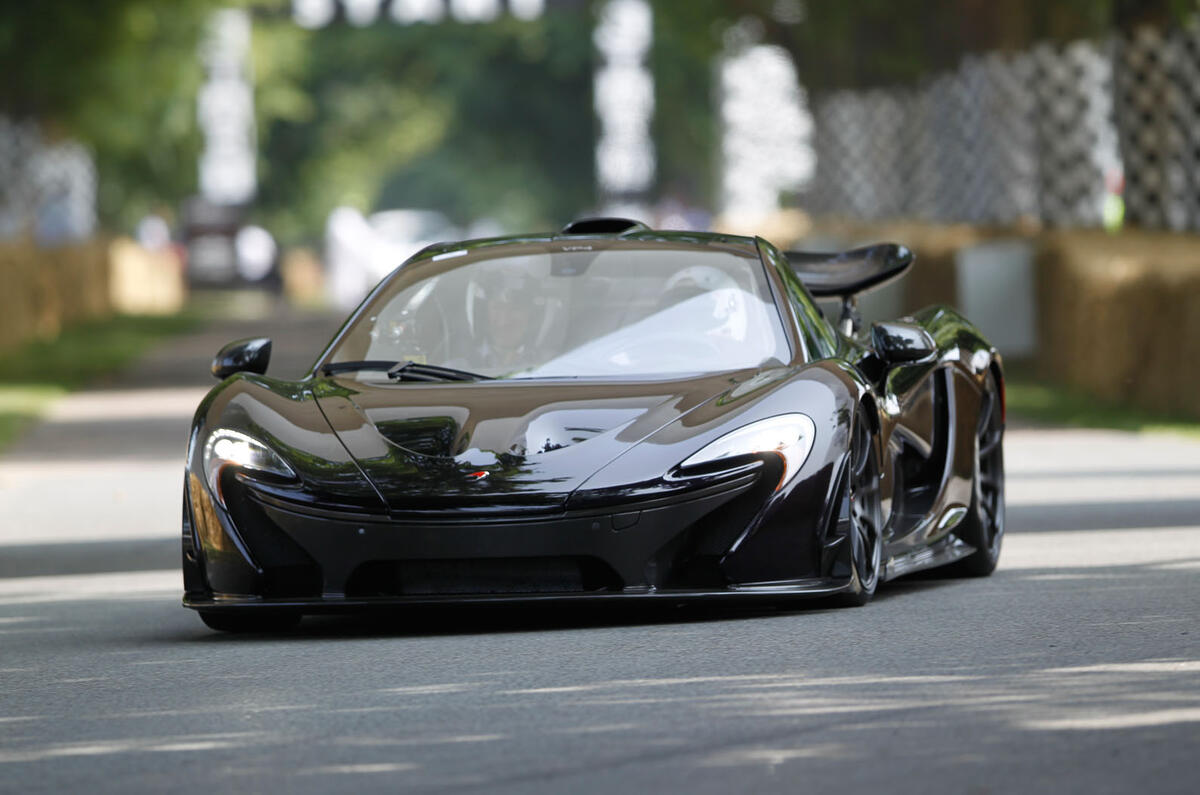
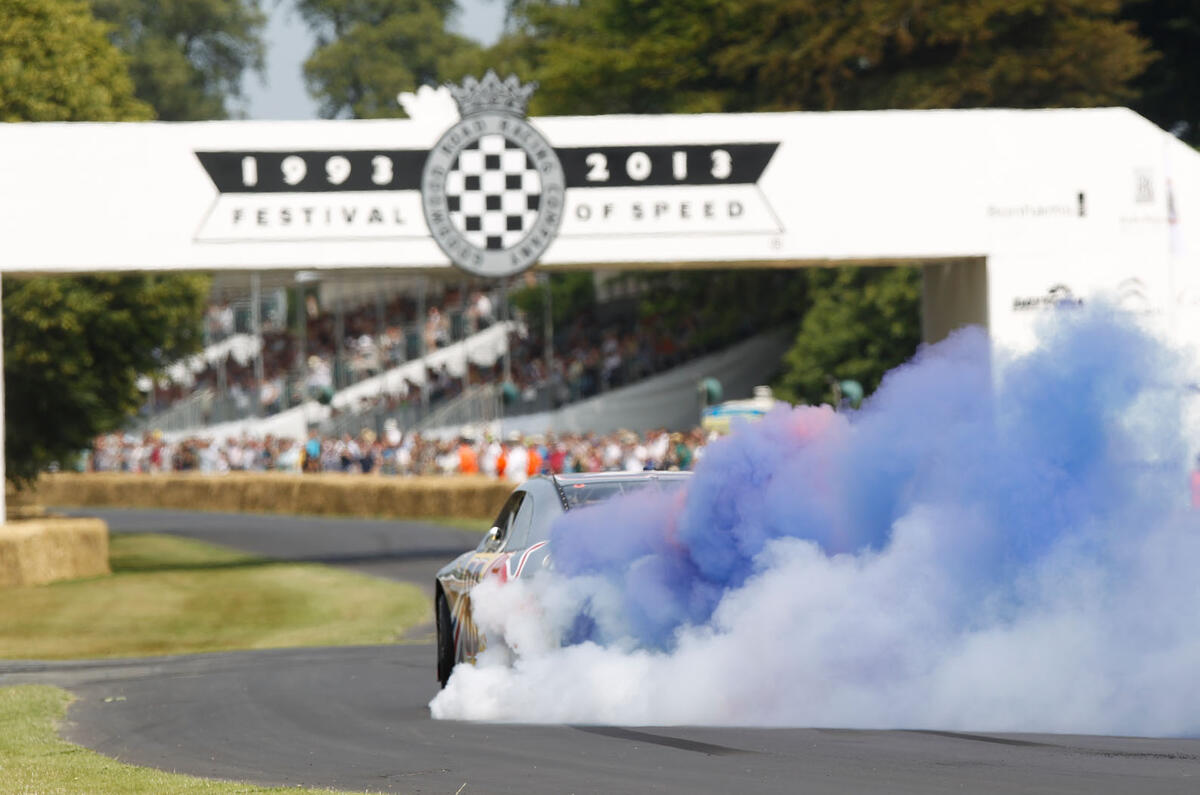
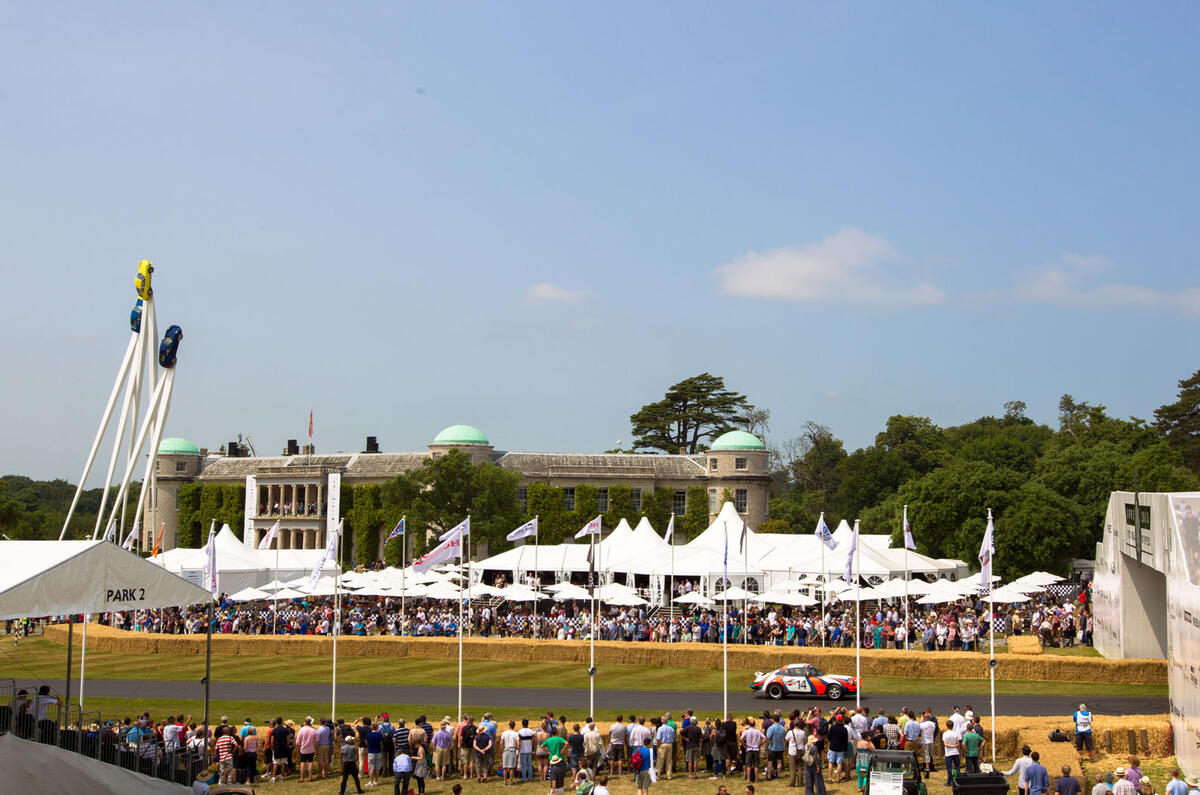
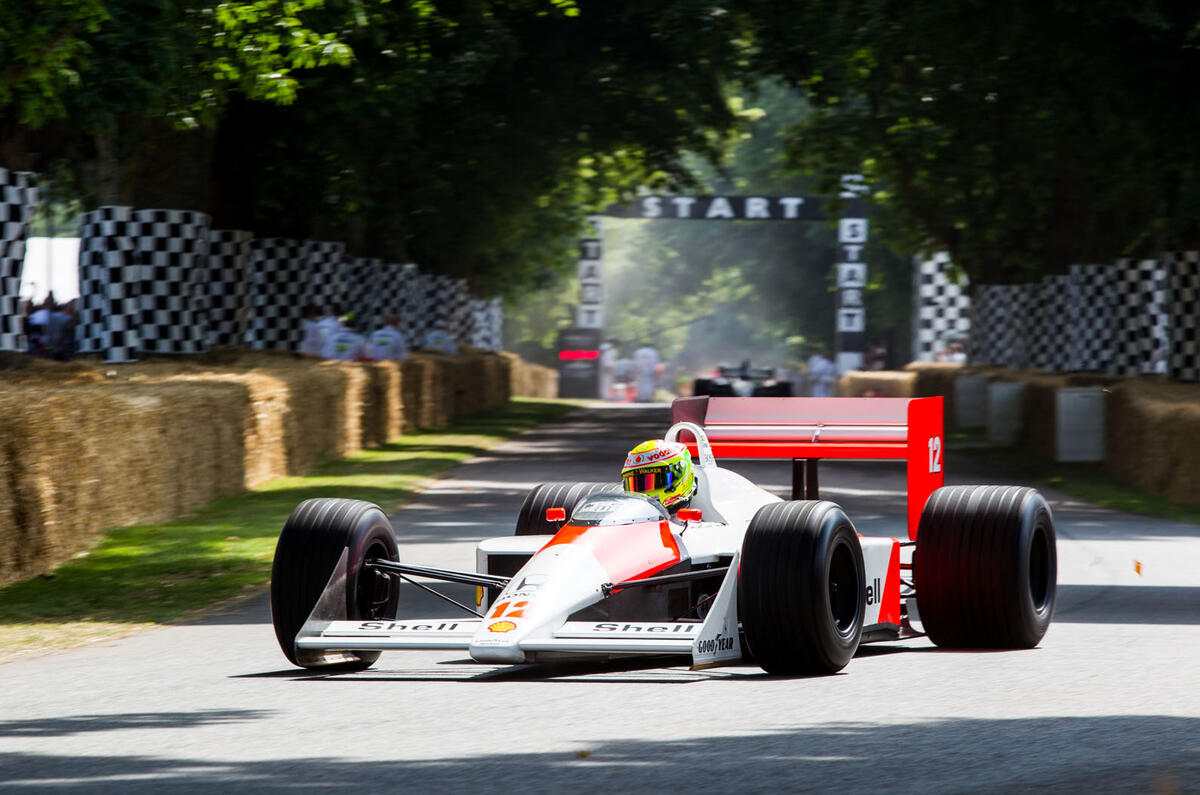
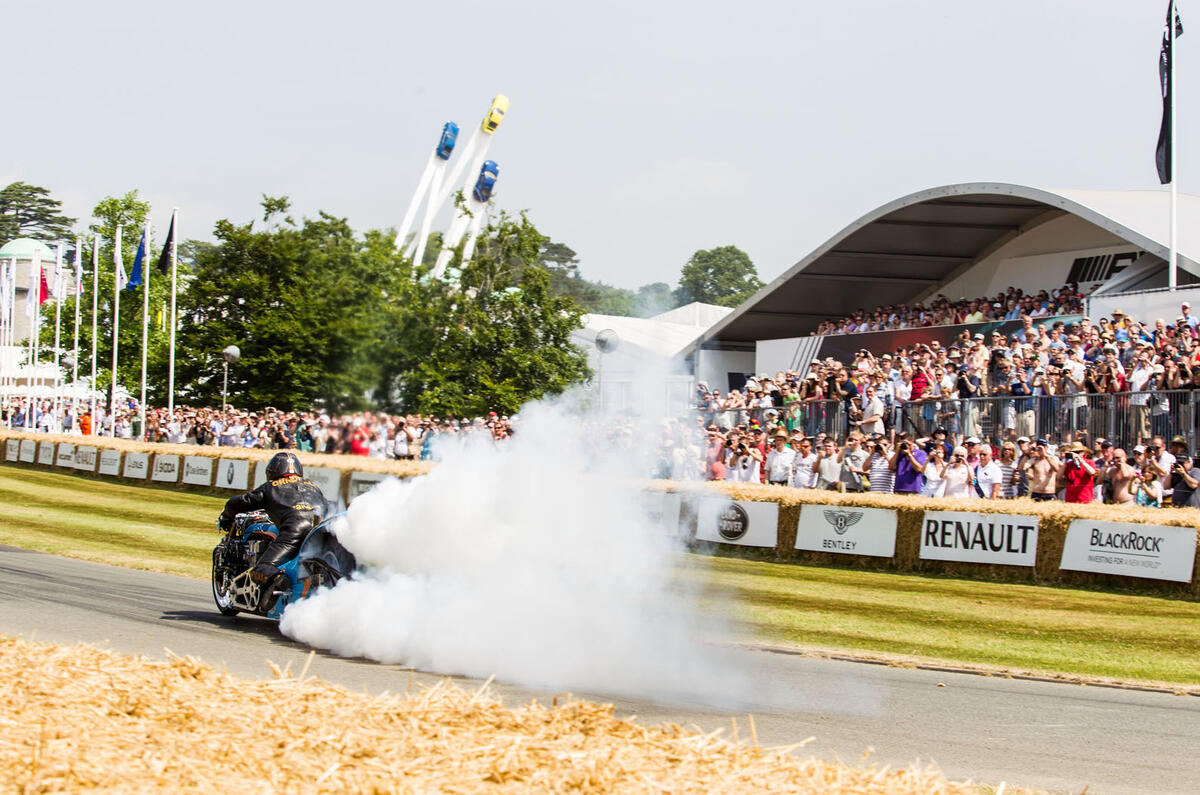
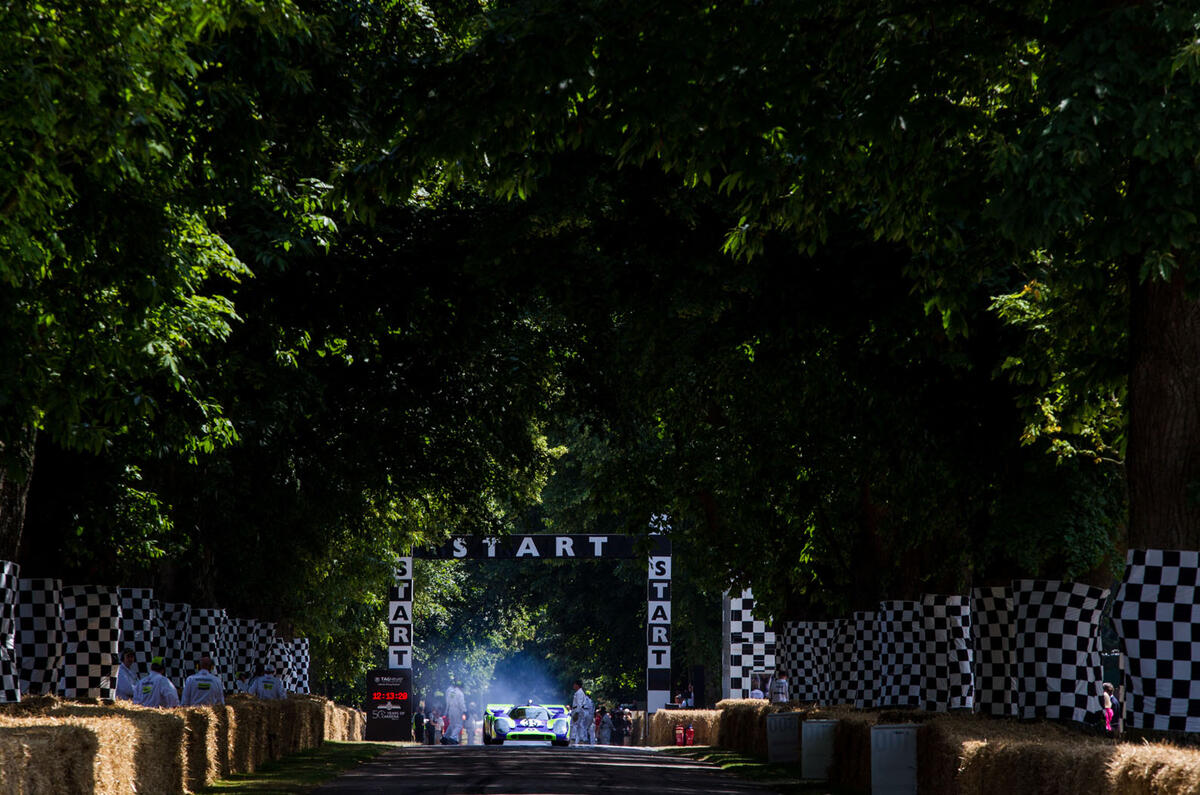
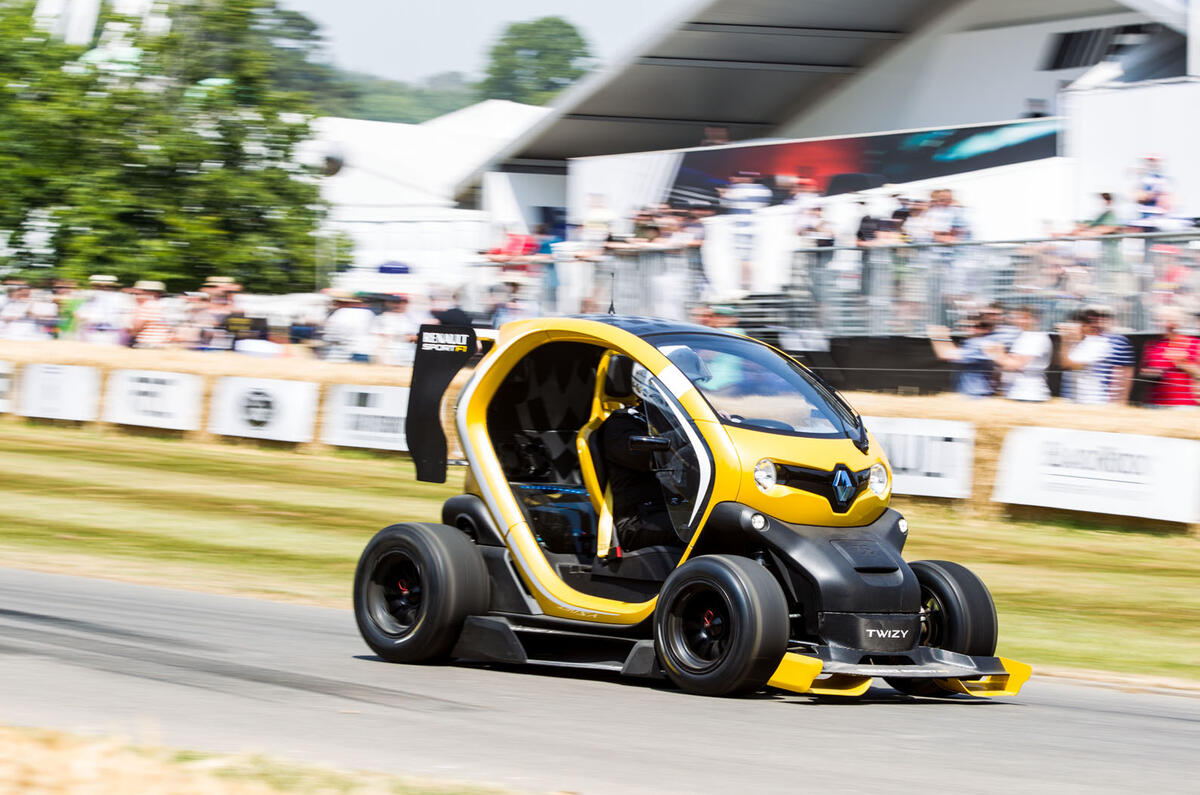
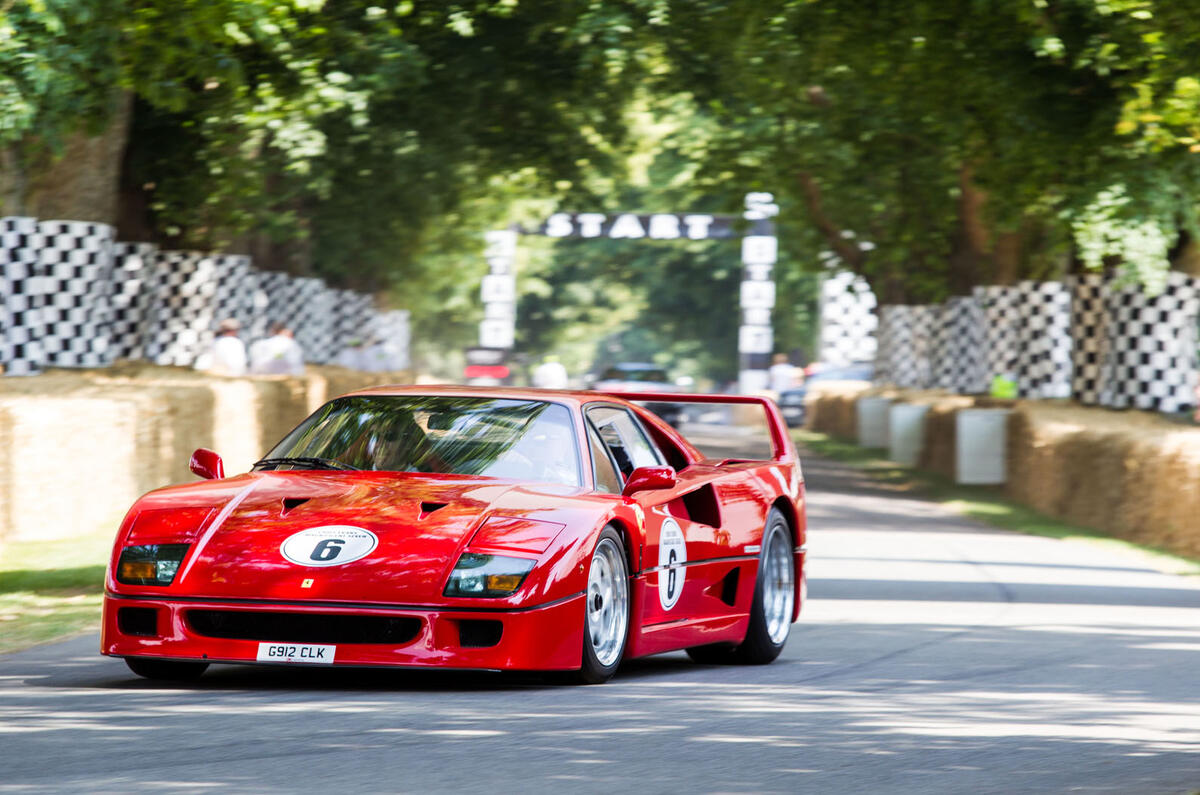
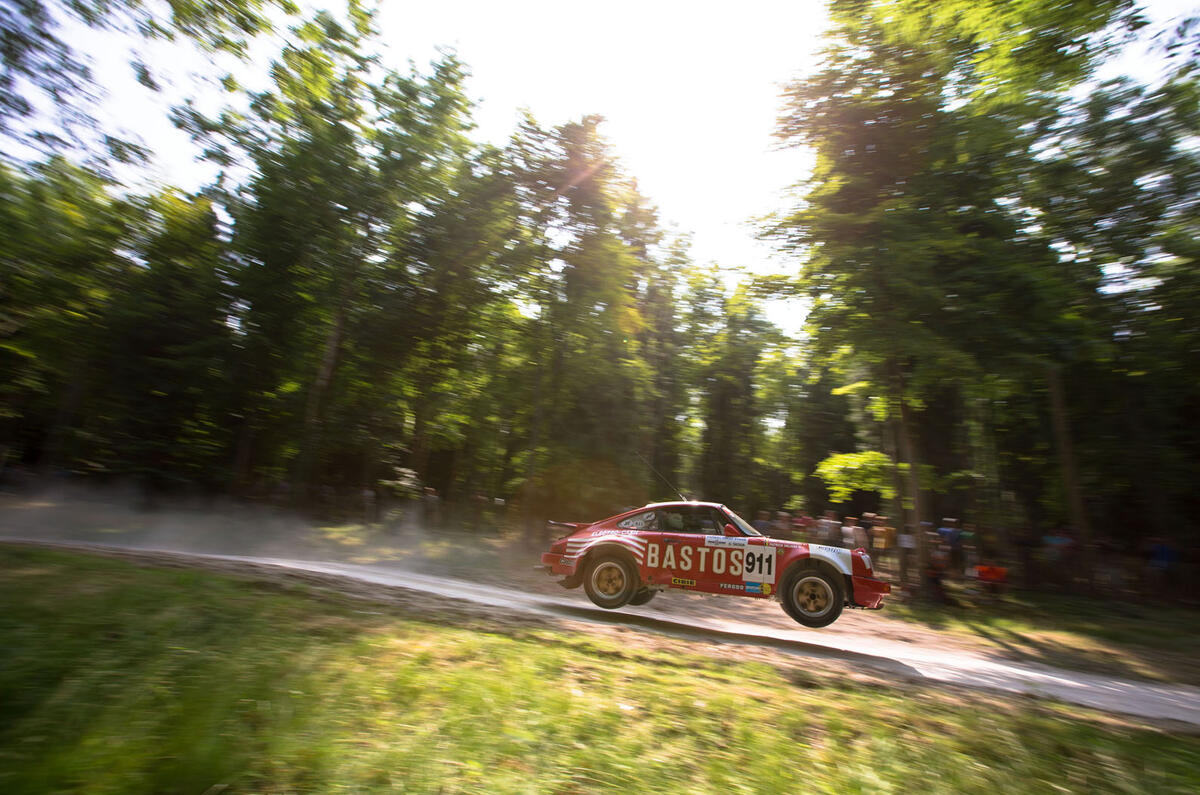
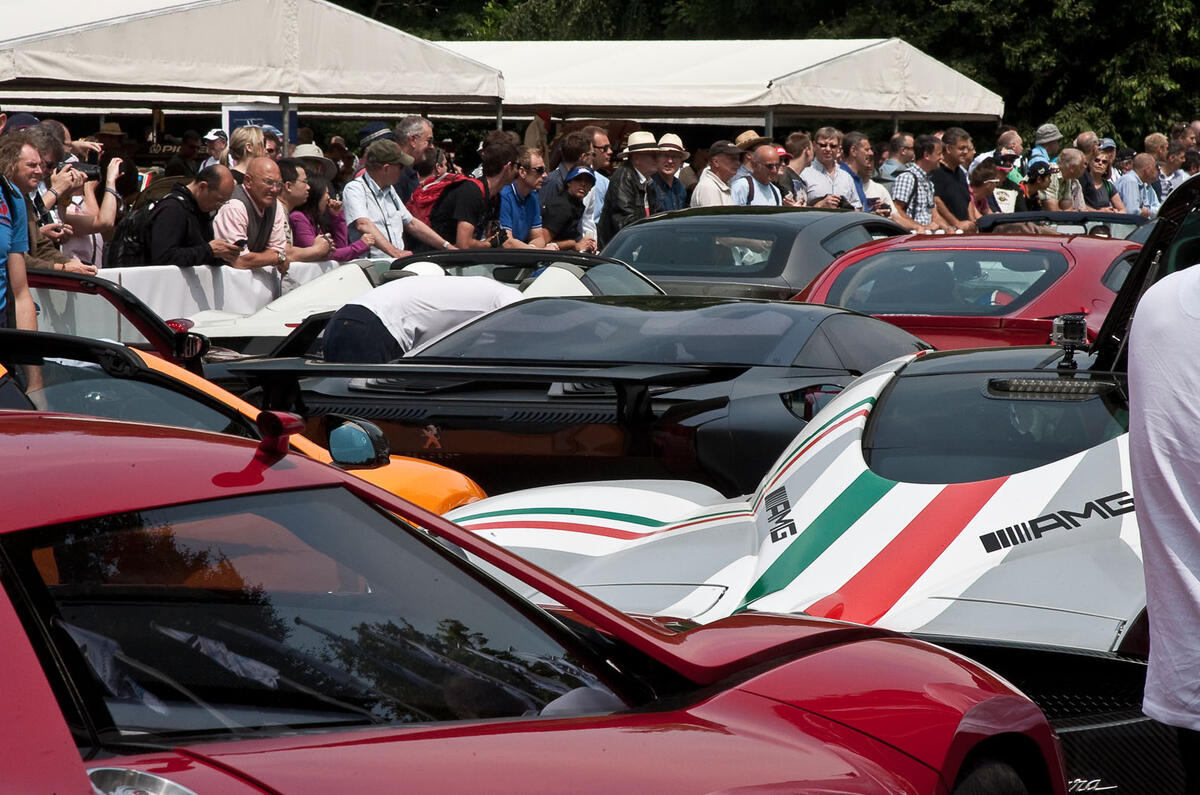
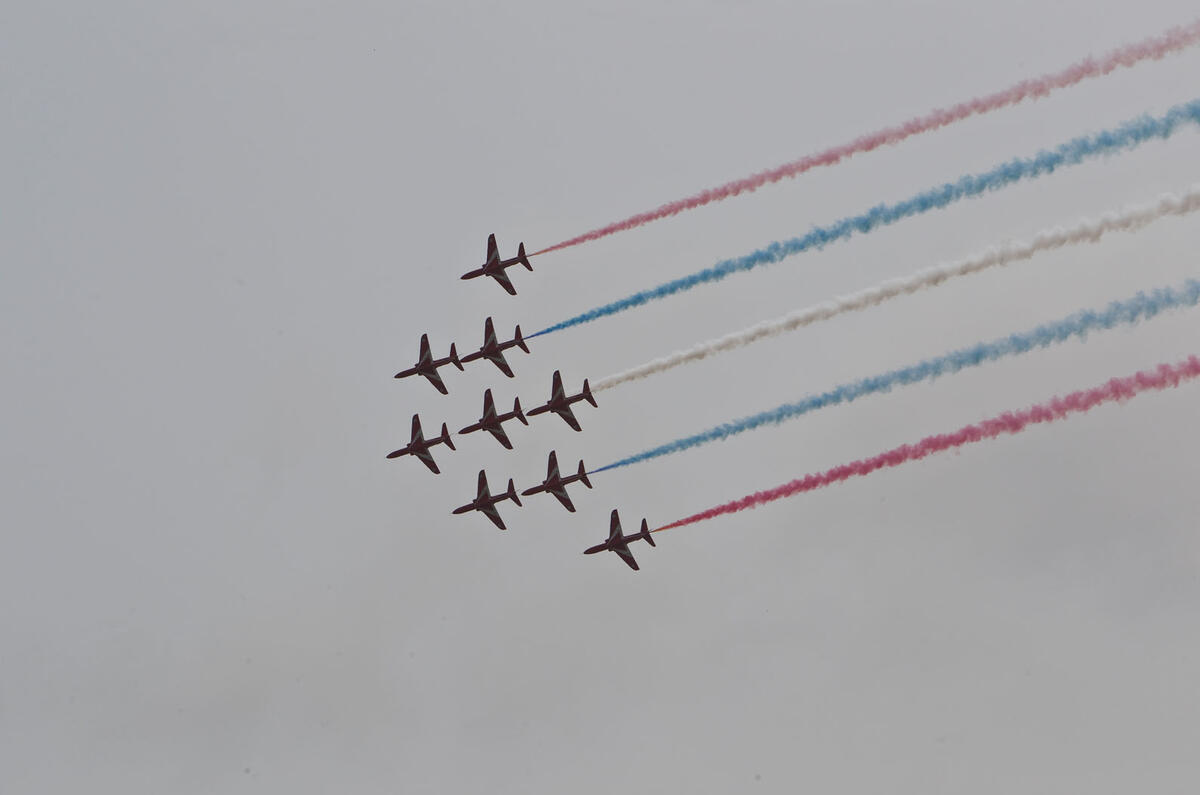
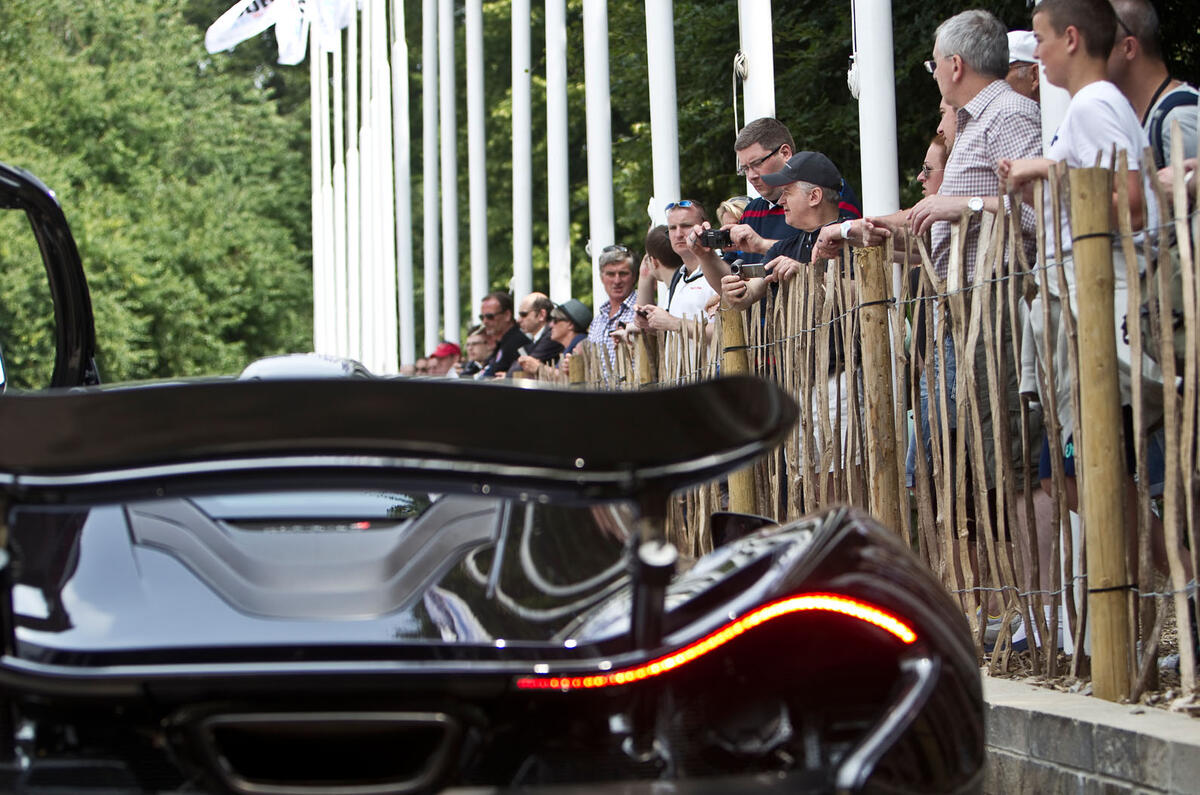
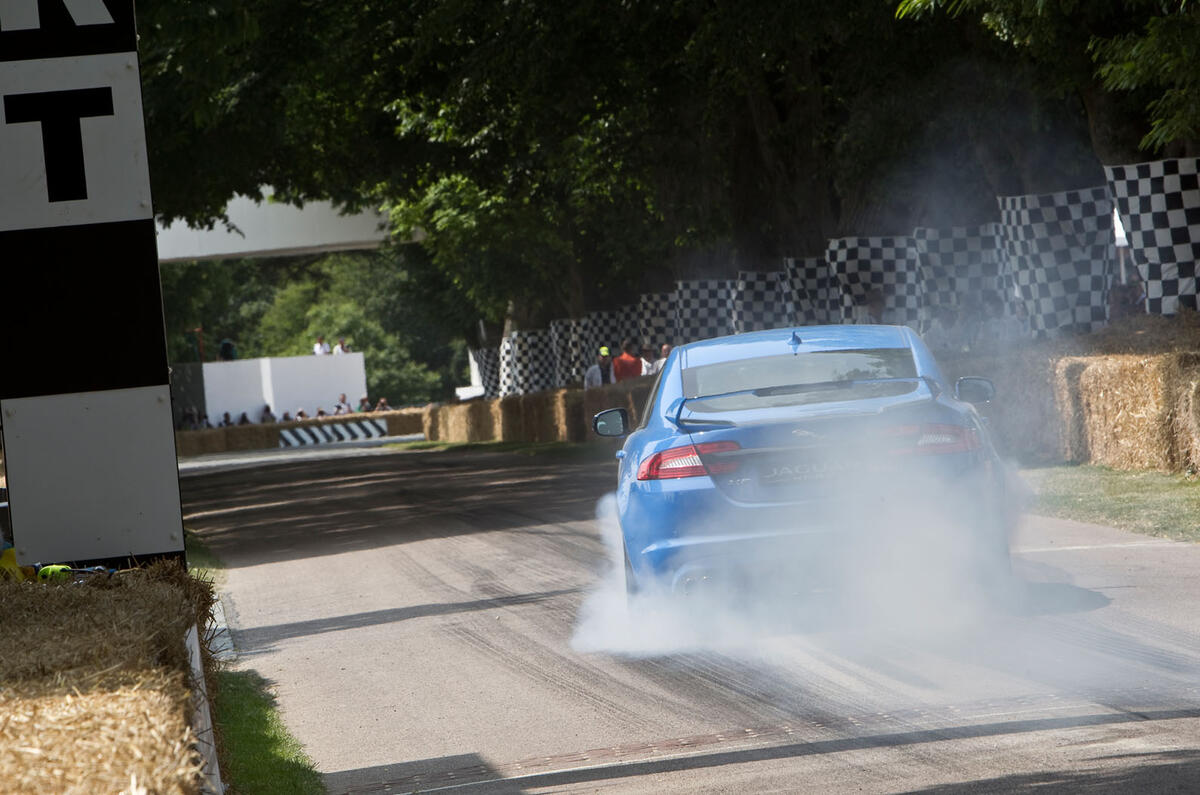
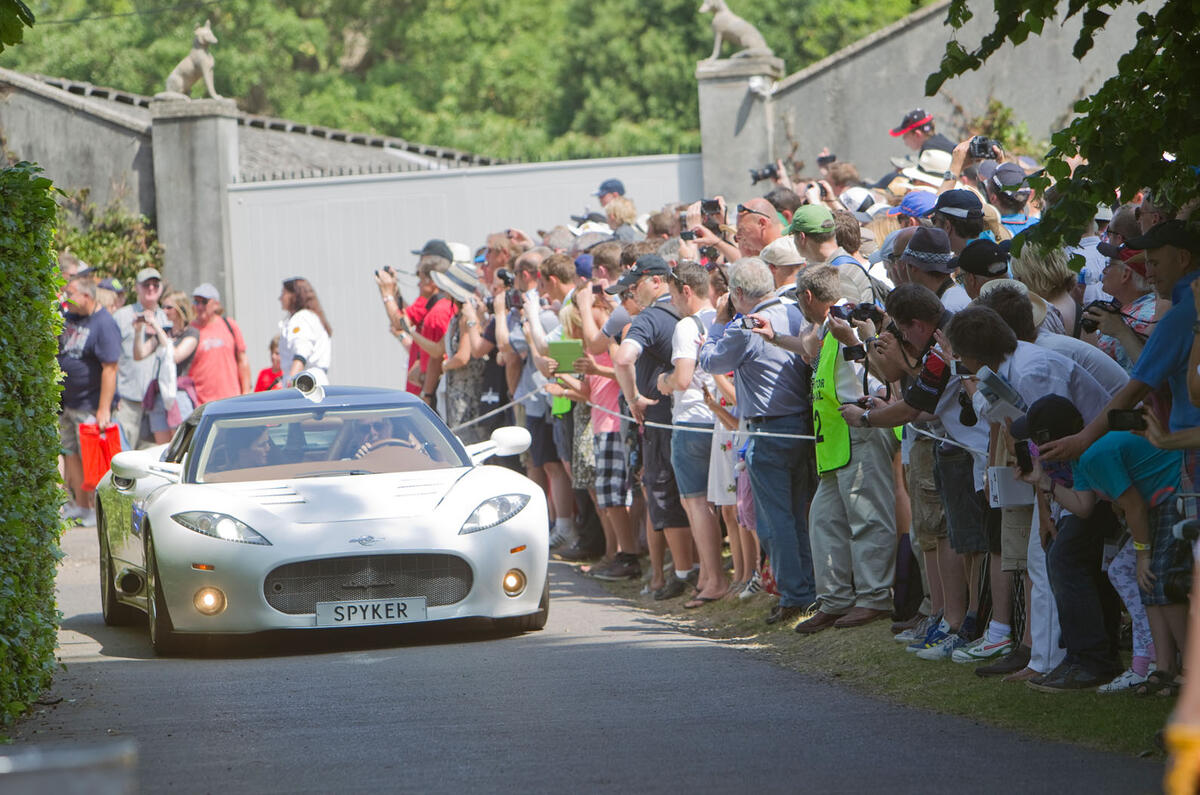
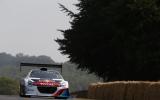






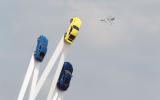
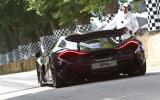


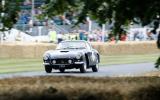
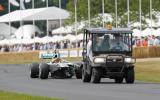


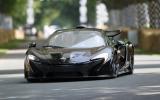
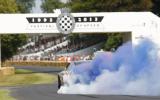

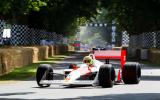
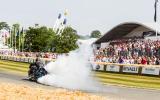
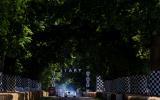


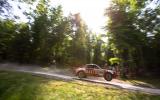
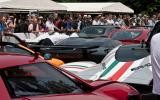


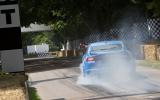
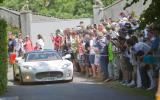







Join the debate
Add your comment
Sir Stirling Moss
Glad you enjoyed the event! The most poignant sight from the Festival of Speed was, hands down, Sir Stirling Moss in the Mercedes-Benz 300SLR.
He is an amazing chap - we spoke to him at the Festival of Speed about driving the Mille-Miglia winner again http://www.youtube.com/watch?v=NkVqalkRoXo